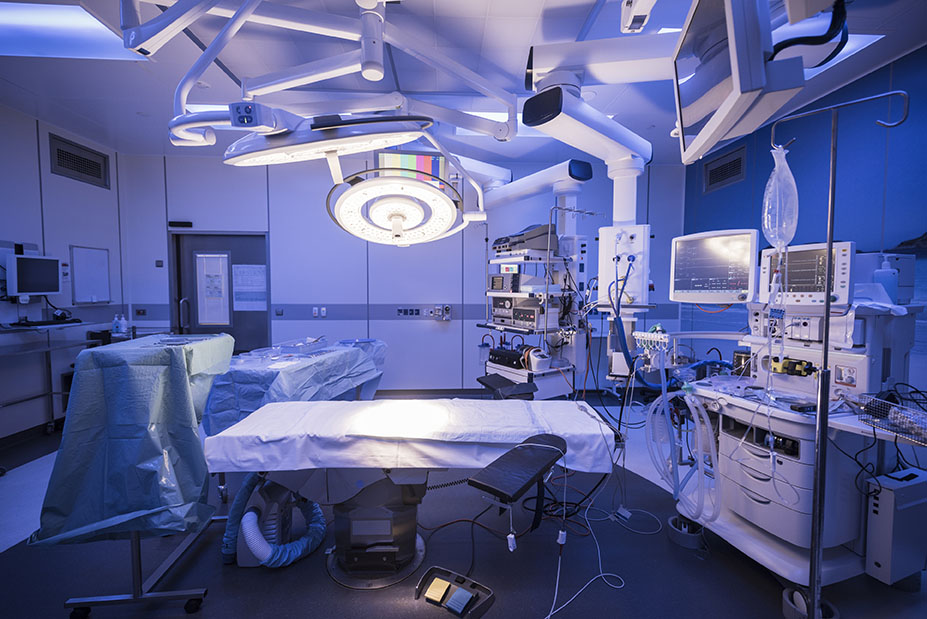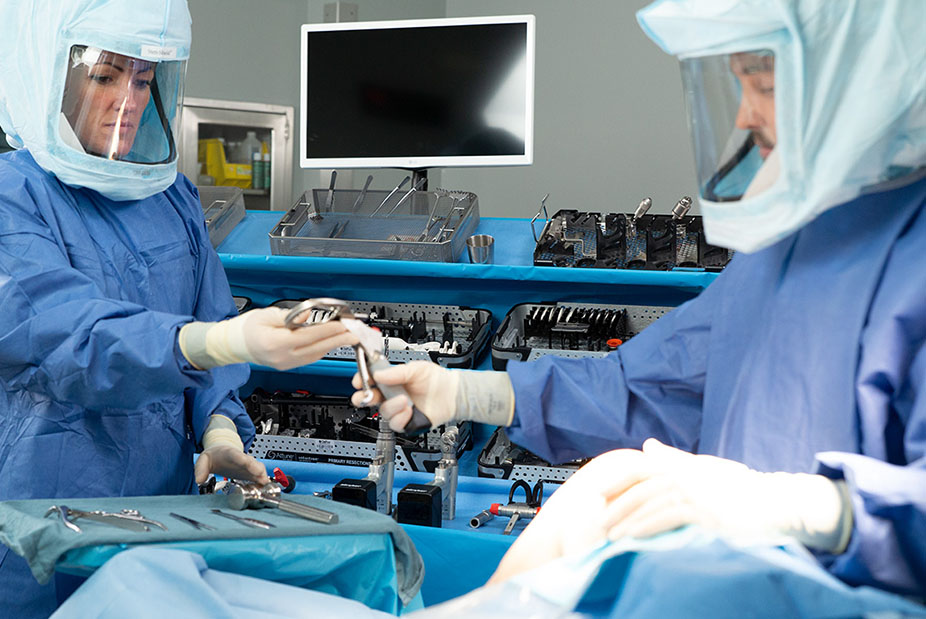
- DinamicOR
-
by feed_admin
During the COVID-19 pandemic, it was necessary to postpone or cancel virtually all elective surgeries, because hospital resources had to be allocated to addressing the overflow of pandemic patients. This caused operating room personnel to either be repositioned elsewhere in the hospital or laid off because there simply wasn’t any need for a large OR staff.
Now that the COVID-19 pandemic seems to be winding down in most parts of the country and hospital beds are being freed up, it would again be possible to schedule such elective surgeries. However, the hospital staffers originally assigned to the OR are not returning to their former positions, so many types of elective surgeries still can’t be performed due to inadequate staffing.
Why is this happening? Here are the main reasons.
Why OR staffers have not returned
There are a number of reasons why hospital staffers, including OR personnel, have not returned to the OR after COVID-19. In some cases, personnel have been exposed to the virus and are either recovering or wish to avoid additional exposure. Some have experienced lingering illnesses associated with long-term COVID-19, in which symptoms remain in effect long after initial exposure to the virus.
A significant number of staffers have remained at home to provide care for their own families, feeling that their top priority was at home. Then too, after being laid off from their own hospital OR, a good number of staffers have found other employment, primarily with other healthcare providers. After becoming entrenched in their new positions, these individuals are in no frame of mind to return to the facility which laid them off during COVID-19.
How to overcome short staffing in the OR
Hospitals can overcome short staffing in the OR by becoming much more efficient in that setting.
For example, by using the DinamicOR Back Table Solution in the operating room, surgical instruments can be identified and retrieved much more quickly because the storage system allows for 92 percent visibility of all instruments. Included in the Back Table Solution is the DinamicOR+ Workflow App, which includes a number of recommendations on how to achieve efficiencies in surgical workflow procedures. In fact, ORs that have implemented the DinnamicOR Back Table Solution have reduced turnover time by an average of 33 percent!
Additionally, existing OR staff members experience increased job satisfaction because their jobs have been made easier and more organized. Hospitals and ASCs themselves also benefit by having tighter procedures in the operating room while paying fewer staff members to assist with any surgical procedures which can be scheduled.
Many hospitals have undergone a reduction in operating room personnel in the wake of the COVID-19 pandemic, and it has forced them to discontinue elective surgeries, even beyond the pandemic. That can now be overcome by making efficient use of the DinamicOR back table system in the OR because fewer staffers are necessary due to the greater visibility of instruments, and the more efficient workflows recommended by the app.


